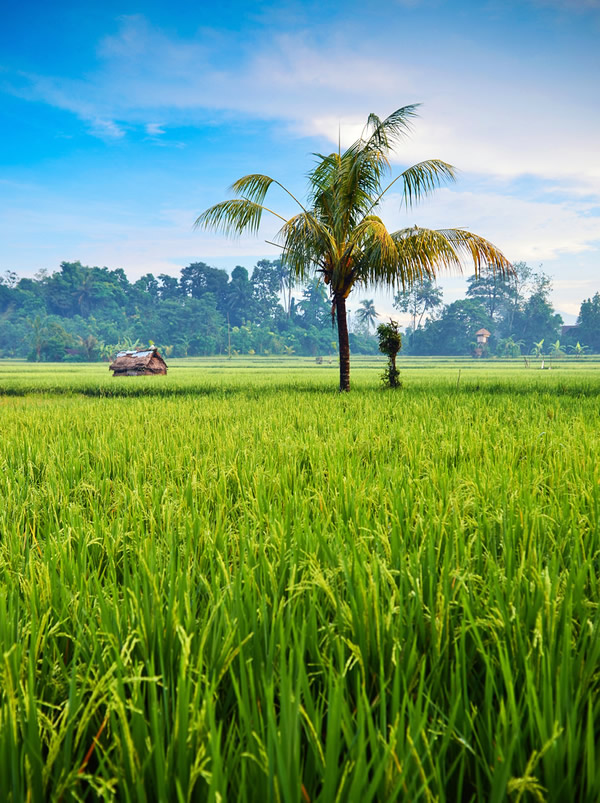 |
| Green revolution |
The Green Revolution implemented advances in agricultural science to raise food production levels, particularly in developing countries. These advances are associated with the spreading use of high-yield varieties (HYV) of wheat, rice, and corn developed through advanced methods of genetics and plant breeding.
Yield Increases
The Green Revolution can be traced back to a 1940 request from Mexico for technical assistance from the United States to increase wheat production. By 1944, with the financial support of the Rockefeller Foundation, a group of U.S. scientists were researching methods of adapting the new high-yield variety (HYV) wheat that had been successfully used on American farms in the 1930’s to Mexico’s varied environments.
A major breakthrough is attributed to Norman Borlaug, who by the late 1940’s was director of the research in Mexico. For his research and work in the global dissemination of the Mexican HYV wheat, Borlaugwon the 1970 Nobel Peace Prize.
  |
From wheat, research efforts shifted to rice production. Through the work of the newly created International Rice Research Institute in the Philippines, an HYV rice was developed.
This so-called miracle rice was widely adopted in developing countries during the 1960’s. Later research has sought to spread the success of the Green Revolution to other crops and to more countries.
Approximately one-half of the yield increases in food crops worldwide since the 1960’s are attributable to the Green Revolution. Had there not been a Green Revolution, the amount of land used for agriculture would undoubtedly be higher today, as would the prices of wheat, rice, and corn, three crops that account for more than 50 percent of total human energy requirements.
There is a concern, however, that the output benefits of the Green Revolution have had some negative equity and environmental effects.
 |
| Planting HYV rice |
Equity and Environmental Issues
The Green Revolution has promoted input intensive agriculture, which has, in turn, created several problems. In theory, a small-scale farmer will get benefits from planting the HYV seeds that are similar to those reaped by a large farm. In practice, however, small-scale farmers have had more difficulty in gaining access to Green Revolution technology.
To use the new seeds, fields need adequate irrigation and the timely application of chemical fertilizers and pesticides. In many developing countries, small-scale farmers’ limited access to credit makes the variety of complementary inputs difficult to obtain.
Greater use of fertilizers is associated with rising nitrate levels in water supplies. Pesticides have been linked to community health problems. Long-term, intensive production has resulted in compaction and salinization of soil and other problems.
Because agriculture is increasingly dependent on fossil fuels, food prices have become more strongly linked to energy supplies of this type. This issue raises concerns about the sustainability of the new agriculture.
Biotechnological approaches to generating higher yields, the expected future path of the Green Revolution, will raise an additional set of equity and environmental concerns.